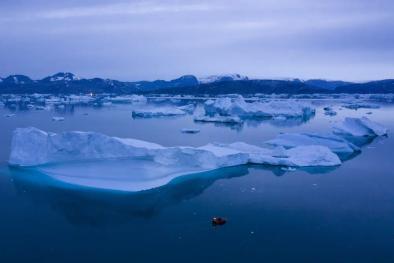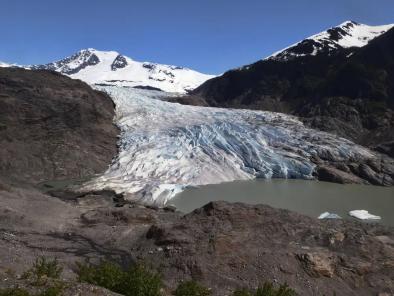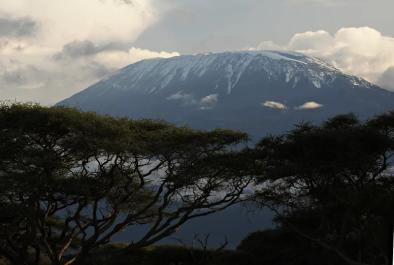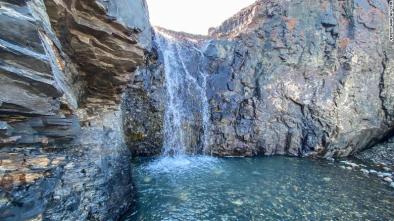Rain melts Greenland ice even in winter
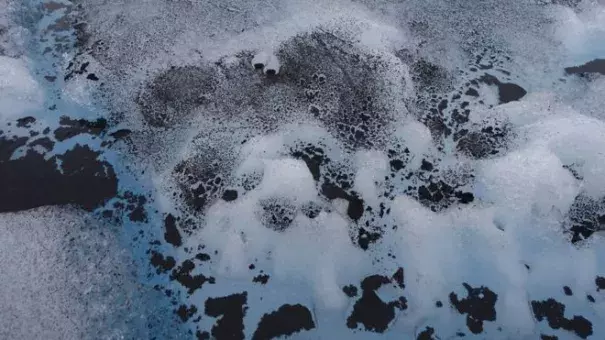
Rain is becoming more frequent in Greenland and accelerating the melting of its ice, a new study has found.
Scientists say they're "surprised" to discover rain falling even during the long Arctic winter.
...
The findings, published in the journal The Cryosphere, show that while there were about two spells of winter rain every year in the early phase of the study period, that had risen to 12 spells by 2012.
On more than 300 occasions between 1979-2012, the analysis found that rainfall events were triggering a melting of the ice.
Most of these were in summertime, when the air often gets above zero.
But a growing number happened in winter months when the permanent dark of the polar winter would be expected to keep temperatures well below freezing.
...
The lead author of the study, Dr Marilena Oltmanns of the GEOMAR ocean research centre in Germany, told BBC News: "We were surprised that there was rain in the winter.
"It does make sense because we're seeing flows of warm air coming up from the South, but it's still surprising to see that associated with rainfall."
Another scientist on the study, Prof Marco Tedesco of Columbia University in New York, said that the increase in rain had important implications.
Even if it falls during winter, and then quickly refreezes, the rain changes the characteristics of the surface, leaving it smoother and darker, and "pre-conditioned" to melt more rapidly when summer arrives.
The darker the ice is, the more heat it absorbs from the Sun - causing it to melt more quickly.
Related Content
